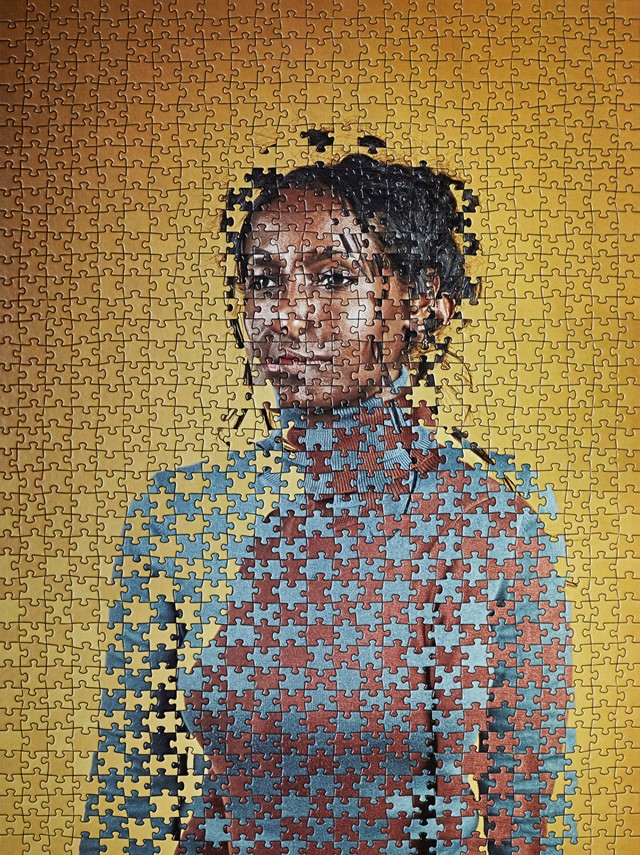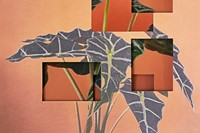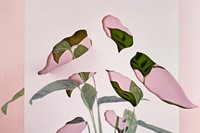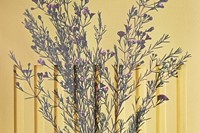The British-German photographer is building a legion of followers with her ability to step out of the digital world and create tangible sculptural photographs
Alma Haser is profoundly dyslexic, a condition which can affect her writing and pronunciation – her debut series, Cosmic Surgery, came from her mixing up the phrase ‘cosmetic’ surgery. “I tend to make words up and think they are the right word,” she says. Yet she sees it as an opportunity in her artistic practice. The series, which involved folding origami structures of multiple facial portraits onto a seated image of the subject, gained Haser a solo show at London’s Photographers’ Gallery, as well as a shortlist nomination for the Taylor Wessing Photography Prize. Pretty remarkable for a university project.
She now returns with two new series, both of which will be on display at Photo London. Within 15 Minutes, which debuted this year at San Francisco PHOTOFAIRS, is a series of puzzle-based portraits of identical twins. Haser would first photograph each twin separately, then, with head-spinning attention to detail, she would use a jigsaw to carefully carve each separate photograph into a 1,000-piece puzzle. Pseudo, meanwhile, uses layered and montaged images of fake and real plants to make a compelling and impactful statement about the distrustfulness of our media, of a photographs ability to tell a mistruth.
Here, Haser speaks to AnOther about the creation of each series, and how her remarkable upbringing has influenced her as a young artist.
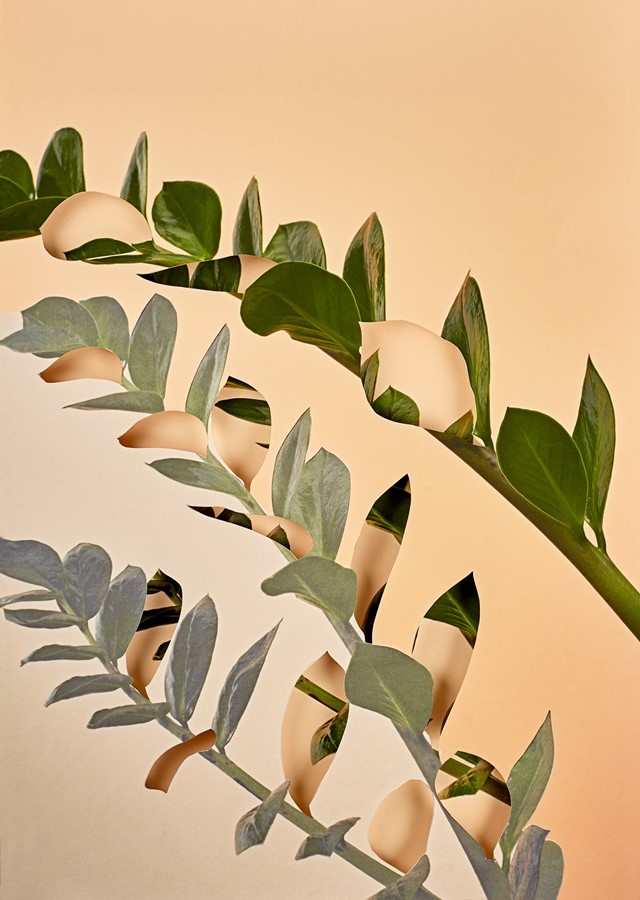
On choosing to create work by hand...
“I learnt how to use Photoshop at university because I thought I needed to, as if it was the only way to manipulate a picture. Even when taking the pictures with an analogue camera on film, we would scan and manipulate the work. So something that should be beautiful and tactile became digital. It felt far away and inaccessible.
“I preferred to do things by hand and assemble the picture off screen. For me, there is more control, but also it has a completely different feel to it. It’s not perfect, it’s not crisp and clean, and that’s what I like about it.”
On the impact her dyslexia has had on her practice...
“It broadens my mind, but not in a conventional way. I feel I am more free with my concepts, experiments and general practice. Sometimes I will think of an idea based on a word I have read somewhere, and the whole time I assume it means one thing, but then it turns out to mean something completely different. That adds something unexpectedly great to the project.”
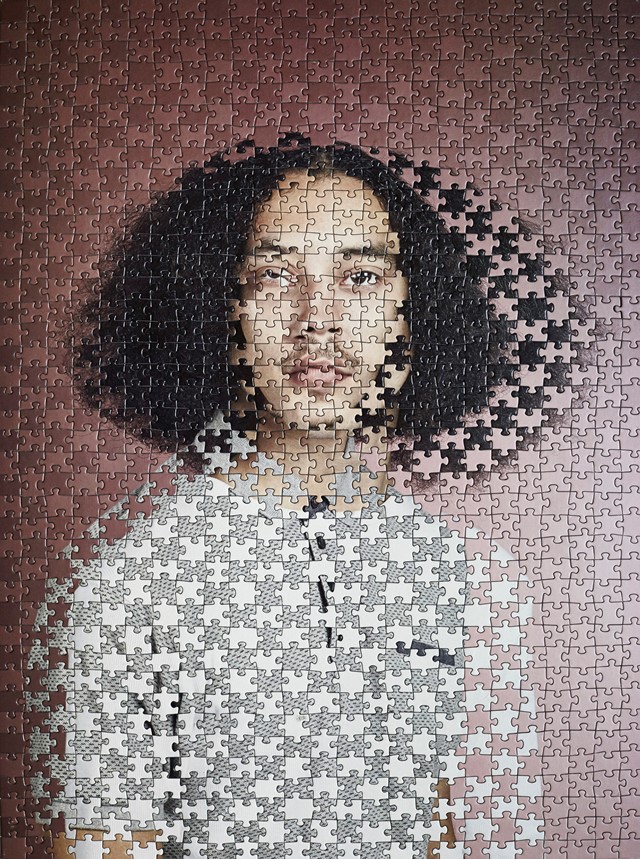
On how her family and her upbringing have shaped her practice...
“I was born in the Black Forest in Germany. My father, a painter and sculptor, and my mother, a sculptor, squatted in a matchstick factory. They would take it in turns to look after my younger brother and I, but we were often left to roam around the factory, and would make up games with whatever we could find. It was a free and wild childhood, and it shaped me. We were very much given the freedom to experiment and use our imagination, which I believe is the bedrock of my practice now.
“When I was 13 my mum decided to take us out of school and around the world. We spent six months on the Cook Islands, and my mum really explored pinhole photography. She would make my brother and I pose for her with tortoise shells or hibiscus flowers and then she would magically expose them in the sun and develop them in a rented bathroom. It was a very accessible way of capturing an idea.”
On the twins in her new series Within 15 Minutes...
“Before I started the series, I thought the amazing thing about identical twins is that they are identical. But as I started photographing them, I found one would have slightly wider eyes, jaw line, or a longer or rounder face. But it only became apparent when you separated them.
“When I started to put their puzzles together I didn’t know what direction the manipulation would go in. I eventually started swapping every other piece, leaving each set a complete 50/50 mix of each other. I guess by doing that I’m making the viewer work even harder to try and see their differences and similarities. To me, it connects with the gene split, how they were first created; I’m almost reversing that process with this series.”
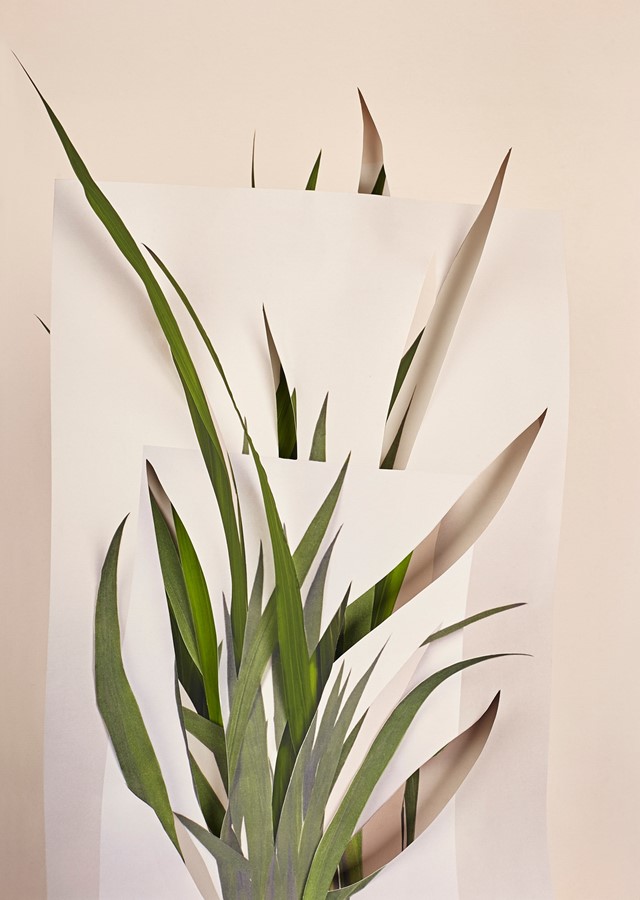
On using plants to illustrate a complex, conceptual phenomenon in her series Pseudo...
“We love plants, they are a form of therapy and help us breathe and exist. Yet we also make imitation versions; they’re plastic and unreal in every way, but they trick us into believing they could be real. We have removed the responsibility of looking after them by making them immortal. I think that’s what started my interest in using plants as a metaphor for the fake and altered news phenomenon.”
On how this links to the childhood game, Chinese whispers...
“It relates to the way we hear, read or see things on the news. We tend to cherry-pick things we think we can trust and believe in. It’s a form of Chinese whispers. I have photographed the original plant, and then put the print over the plant to take another picture, already creating an alternative version. Then I might cut away or add to the picture before shooting it again. So each time it changes, and the original plant is almost lost behind all the other altered versions.”
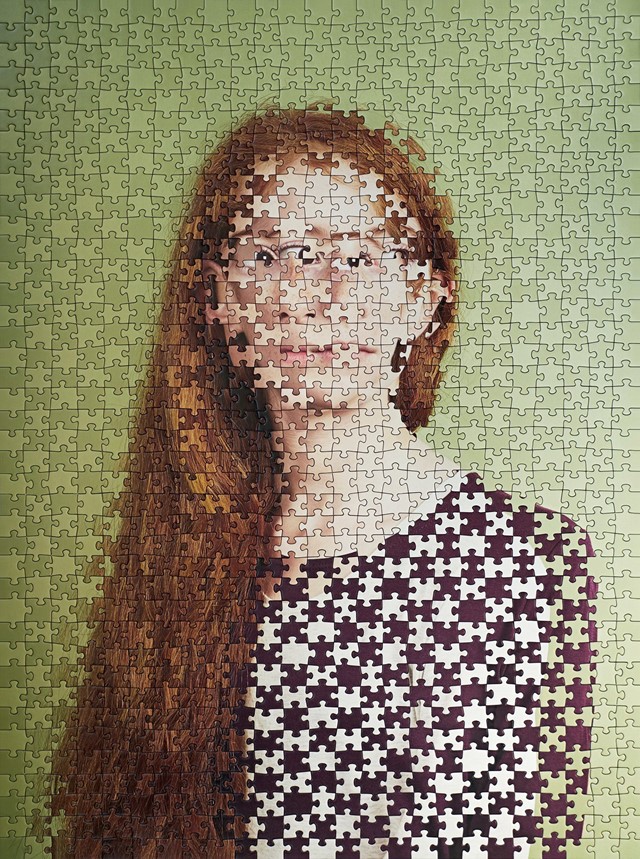
Pseudo is part of a Work in Process exhibition at The Photographer’s Gallery, opening April 26, 2018. Alma Haser will exhibit at Photo London at the De Soto Gallery booth from May 17-20, 2018.
